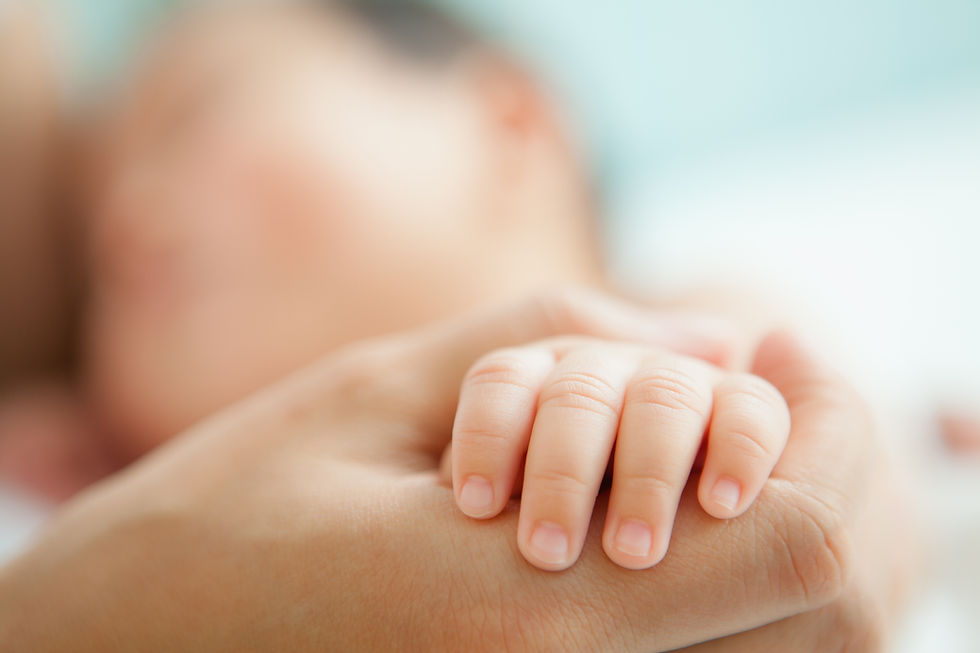Medication Safety in Massachusetts Child Care: What EEC Requires & Practical Tips
- Kimberly Kostas

- Sep 4
- 3 min read
By Kim Kostas, RN, BSN-Certified Pediatric RN | PediNurse LLC – Healthcare Consultant for Child Care Centers

Keeping children safe while ensuring they get the medications they need is both a clinical responsibility and a regulatory requirement. Below is a clear, child-care–friendly guide to medication administration in Massachusetts EEC-licensed centers (Large Group & School Age programs), plus practical steps your team can put into action today
.
What “medication” means in EEC-licensed programs
Under 606 CMR 7.11, medication includes prescription and non-prescription (oral and topical) products. Programs must have a written policy that covers how medications ordered by a child’s health-care practitioner will be administered.

Who can give medication (training & staffing)
At least one educator trained in medication administration must be present at all times when children are in care.
Anyone who gives medication must demonstrate competency; routes other than oral/topical and epinephrine auto-injectors require training by a licensed health-care practitioner (or an MDPH-approved alternative).

Consent, authorization, and required forms
Parental written consent and, for most situations in center-based care, authorization from the child’s licensed health-care practitioner are required before medication is administered. Consent/authorization are typically valid for one year unless withdrawn sooner.
EEC provides standard forms: the Medication Consent Form and the Medication Administration Record (MAR) for documentation.

Storage, labeling, first-dose rule, and emergency meds
Original containers only (Rx with original pharmacy label; OTC in manufacturer’s packaging).
Store medications out of children’s reach; lock DEA Schedule II–V meds; refrigerate as required (38–42°F).
Emergency medications (e.g., epinephrine) must be immediately available.
No first dose may be given in care except in extraordinary circumstances with parental consent.

Documentation every time
Each administration must be logged: name of medication, dose, time, route/method, who administered, and missed doses (with reasons). Use your MAR and keep records in the child’s file. (Programs must also tell parents at day’s end when topical medication was applied for diaper rash.)

Non-prescription & topical products: what centers need to know
For Large Group & School Age programs, EEC’s table spells out differences:
Oral, non-prescription meds (e.g., acetaminophen) → Parent consent + Health-care practitioner authorization; log each dose.
“Unanticipated” non-prescription for mild symptoms → In centers, practitioner authorization is required; log each dose.
Topical non-prescription on open wounds/broken skin → Practitioner authorization required; log each application.
Topicals not applied to open skin (e.g., sunscreen, insect repellent, chapstick) → May be program-supplied with parent notification or brought from home; logging is not required when used solely for prevention. (Follow your policy and keep parent notifications on file.)

Individual Health Care Plans (IHCPs) & self-carry
Children with chronic conditions (asthma, allergies, diabetes, seizures, etc.) must have an Individual Health Care Plan that explains symptoms, treatments, side effects, and what happens if treatment is not given. Plans often include training/competency for staff designated to administer the child’s medications.
With parent consent and practitioner authorization, older school-age children may carry and self-administer their inhaler or epinephrine auto-injector under their IHCP, and the program must keep a backup dose on site.

Parent communication during emergencies
EEC requires programs to notify parents immediately for any emergency administration of non-prescription medication, and provide written notice within 24 hours. Build this into your communication plan and staff scripts.
A quick, child-care–friendly medication safety checklist
Confirm orders & consent (valid within the last year).
Verify the “five rights” every time: right child, medication, dose, time, route.
Use originals (containers/labels) and store correctly (locked/temperature-controlled).
Never give first doses in care (except rare, documented exceptions).
Log immediately on the MAR; note missed/refused doses and why.
Train & re-check competency for all staff who administer medication.
Maintain IHCPs and train staff on each plan; keep backup emergency meds on site.

Why work with PediNurse LLC
As a Certified Pediatric RN, I translate EEC regulations into clear, practical systems—from compliant policies and parent forms to hands-on staff training, mock audits, and IHCP workflows—so your team feels confident and children stay safe.
Visit our website now to learn more: http://www.pedinurseconsulting.com
References & Sources
606 CMR 7.11 Health & Safety (Medication training, administration, storage, documentation, first-dose rule, emergency meds).
606 CMR 7.11 Table (consent/authorization/logging for Rx, OTC, topicals; prevention items like sunscreen/insect repellent).
IHCP policy & requirements (EEC).
Self-carry for older school-age (inhalers/epinephrine) & backup supply.
Medication Consent Form & Medication Administration Record (EEC forms).
Parent notification for emergency non-prescription medication.




Comments